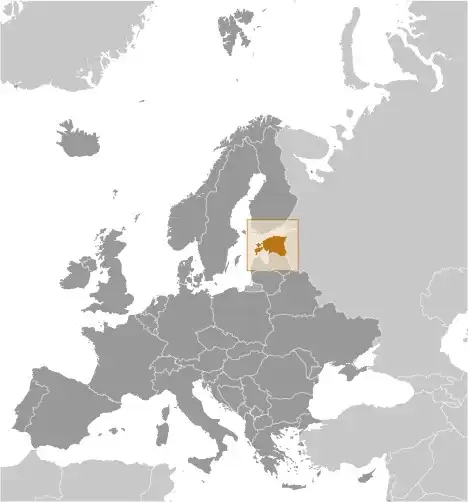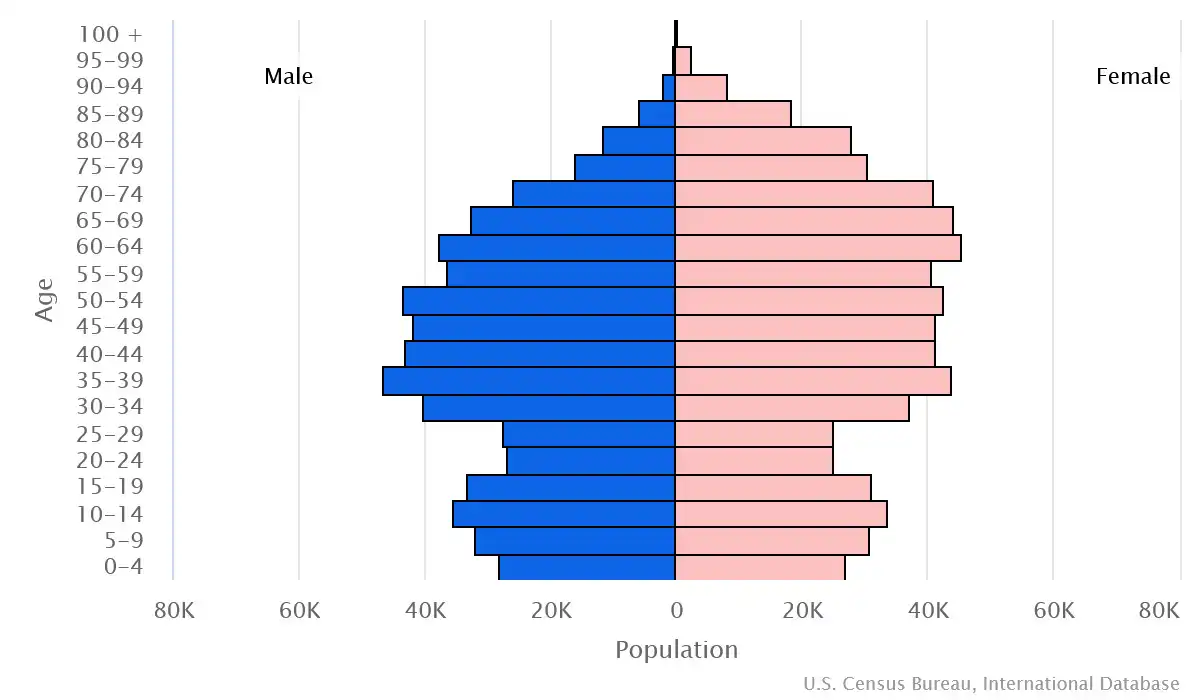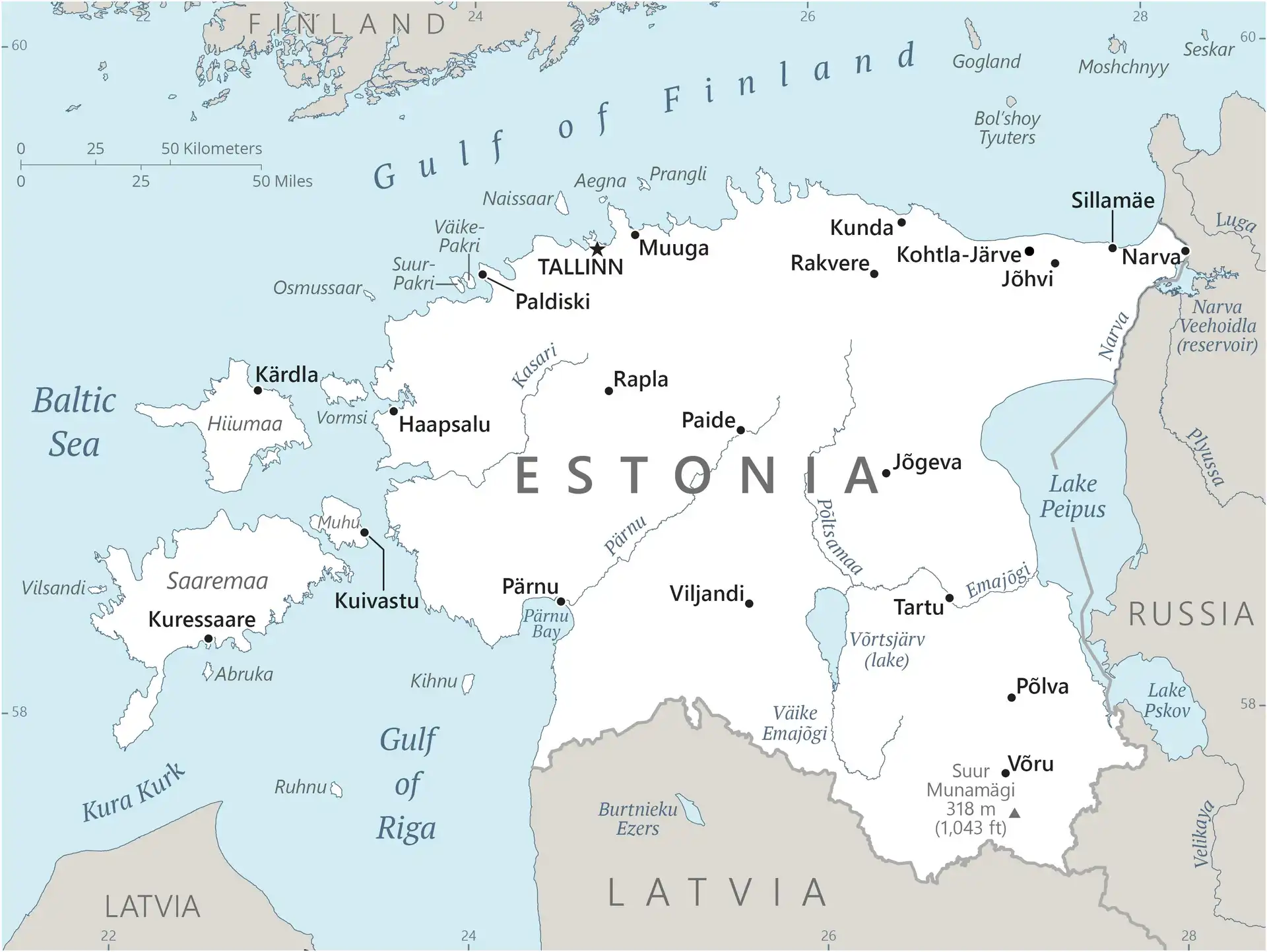
Estonia Country Profile
Key Facts of Estonia

| Government type: | parliamentary republic |
| Capital: | Tallinn |
| Languages: | Estonian (official) 67.2%, Russian 28.5%, other 3.7%, unspecified 0.6% (2021est.) |
Estonia Demographic Data
Ethnic Groups in Estonia(2021 est.)
Religious Groups in Estonia (2021 est.)
Age pyramid of Estonia

Estonia Economy Statistics
Economic overview of Estonia
advanced, service-based EU and eurozone economy; economic downturn due to inflation, trade, and energy impacts of Ukraine war; decline in intra-EU trade; low public debt relative to EU members; recovery depends on improving private investment and productivity rates
Estonia Real GDP (purchasing power parity) in Billion $
Estonia Real GDP per capita in $
Estonia's Exports & Imports in billion $
Top 5 Import Partnerin 2022 (47%) of Estonia
Top 5 Import Commodities in 2022 of Estonia
- refined petroleum ⛽
- cars 🚗
- electricity ⚡
- natural gas 💨
- coal tar oil 🛢️
Top 5 Export Partnerin 2022 (46%) of Estonia
Top 5 Export Commodities in 2022 of Estonia
- electricity ⚡
- broadcasting equipment 📡
- refined petroleum ⛽
- wood 🌲
- coal tar oil 🛢️
Geography of Estonia
Map of Estonia

Land and Water Distrubtion of Estonia
Natural Resources of Estonia
- oil shale 🛢️
- peat 🪵
- rare earth elements 🪨🪙💎
- phosphorite 🪨
- clay 🧱
- limestone 🪨
- sand 🏜️
- dolomite 🪨
- arable land 🌱
- sea mud 🌊💩
Climate inEstonia
maritime; wet, moderate winters, cool summers
History of Estonia - a Summary
After centuries of Danish, Swedish, German, and Russian rule, Estonia attained independence in 1918. Forcibly incorporated into the USSR in 1940 -- an action never recognized by the US and many other countries -- it regained its freedom in 1991 with the collapse of the Soviet Union. Since the last Russian troops left in 1994, Estonia has been free to promote economic and political ties with the West. It joined both NATO and the EU in 2004, formally joined the OECD in 2010, and adopted the euro as its official currency in 2011.
